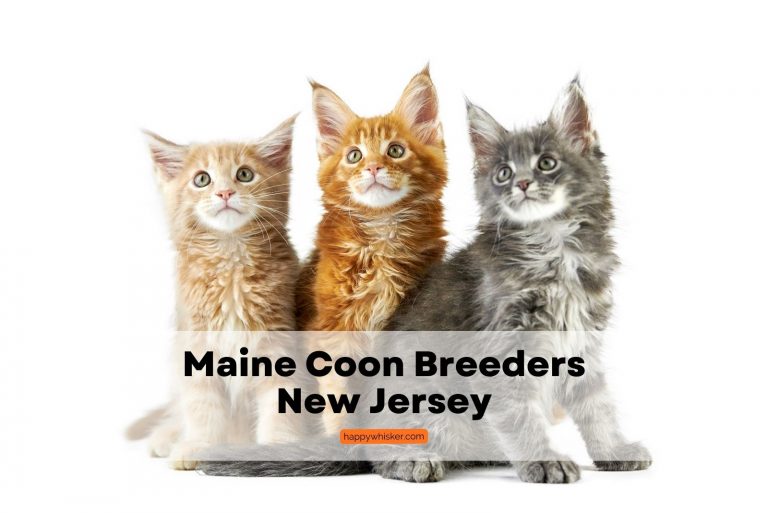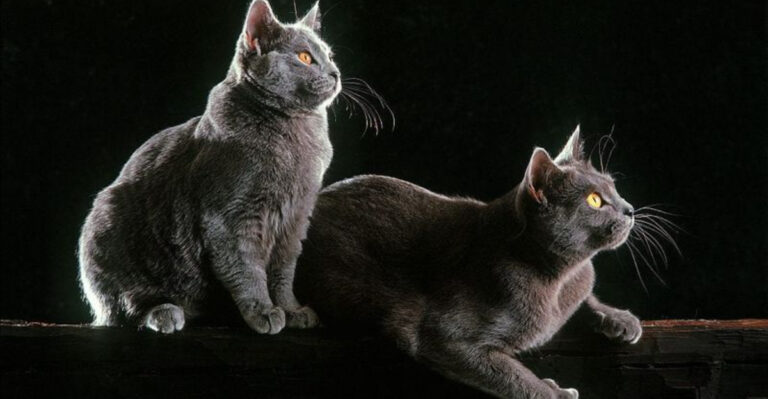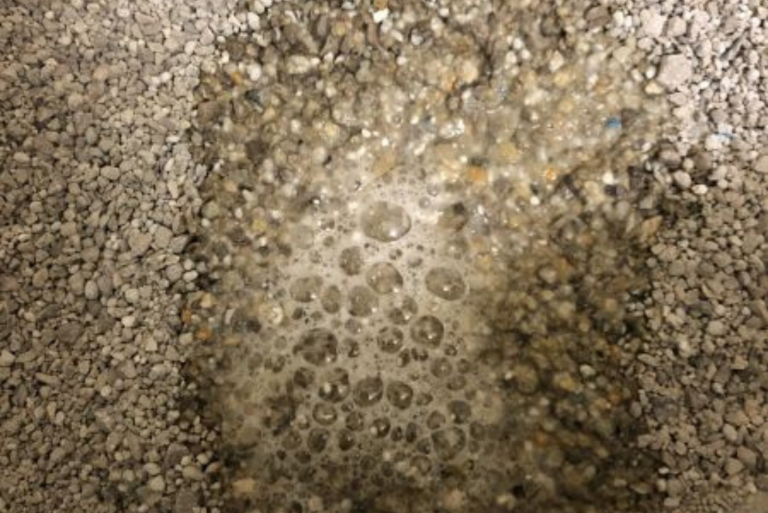Rising Risks For Yellowstone Grizzlies Raise Alarm Among Conservationists
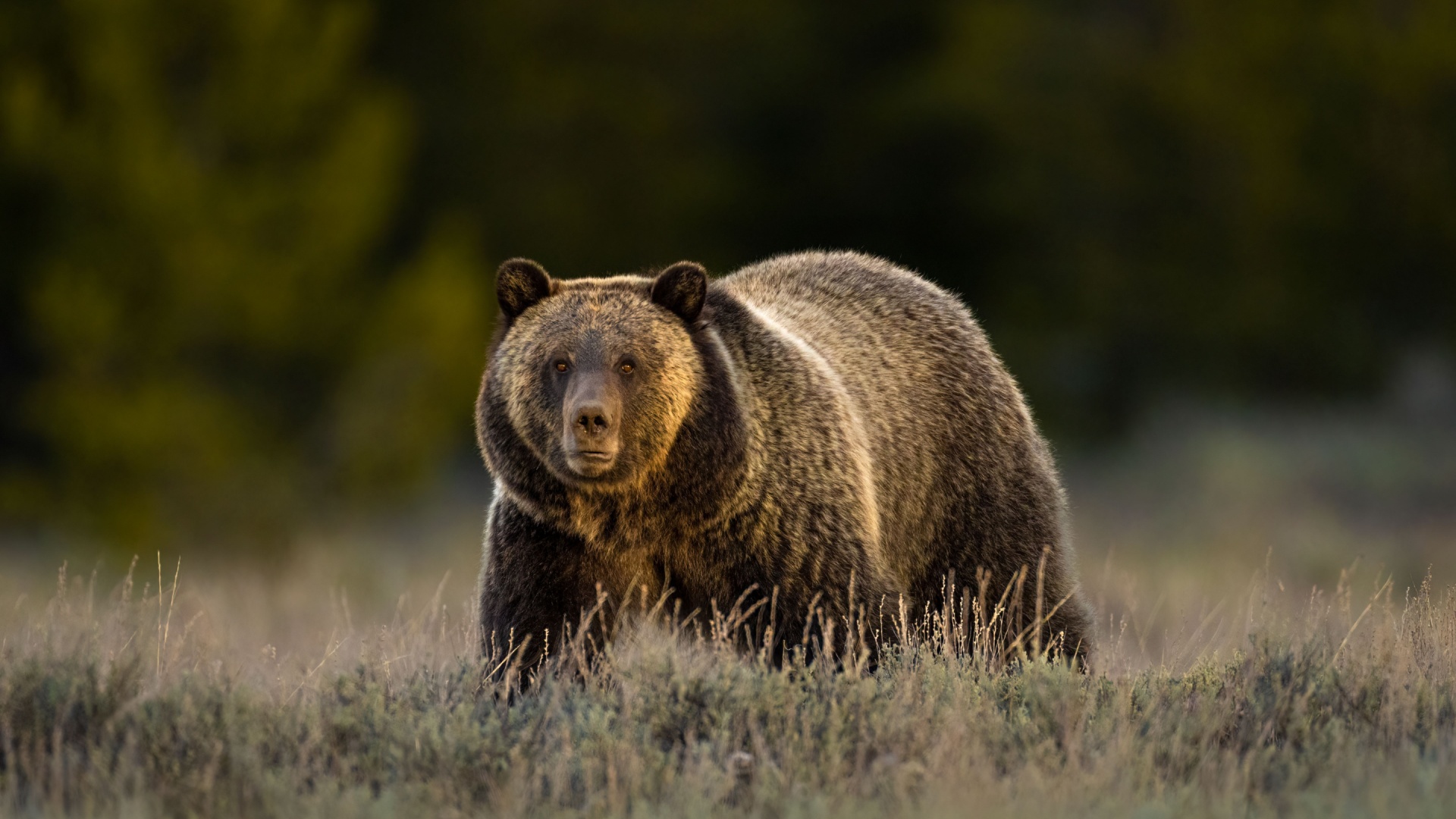
For decades, the grizzly bear has been a symbol of the wild majesty of the Greater Yellowstone Ecosystem.
Towering, powerful, and resilient, these bears have rebounded from near-extinction to thriving populations, a conservation success story celebrated across the country. But in 2025, that story has taken a concerning turn.
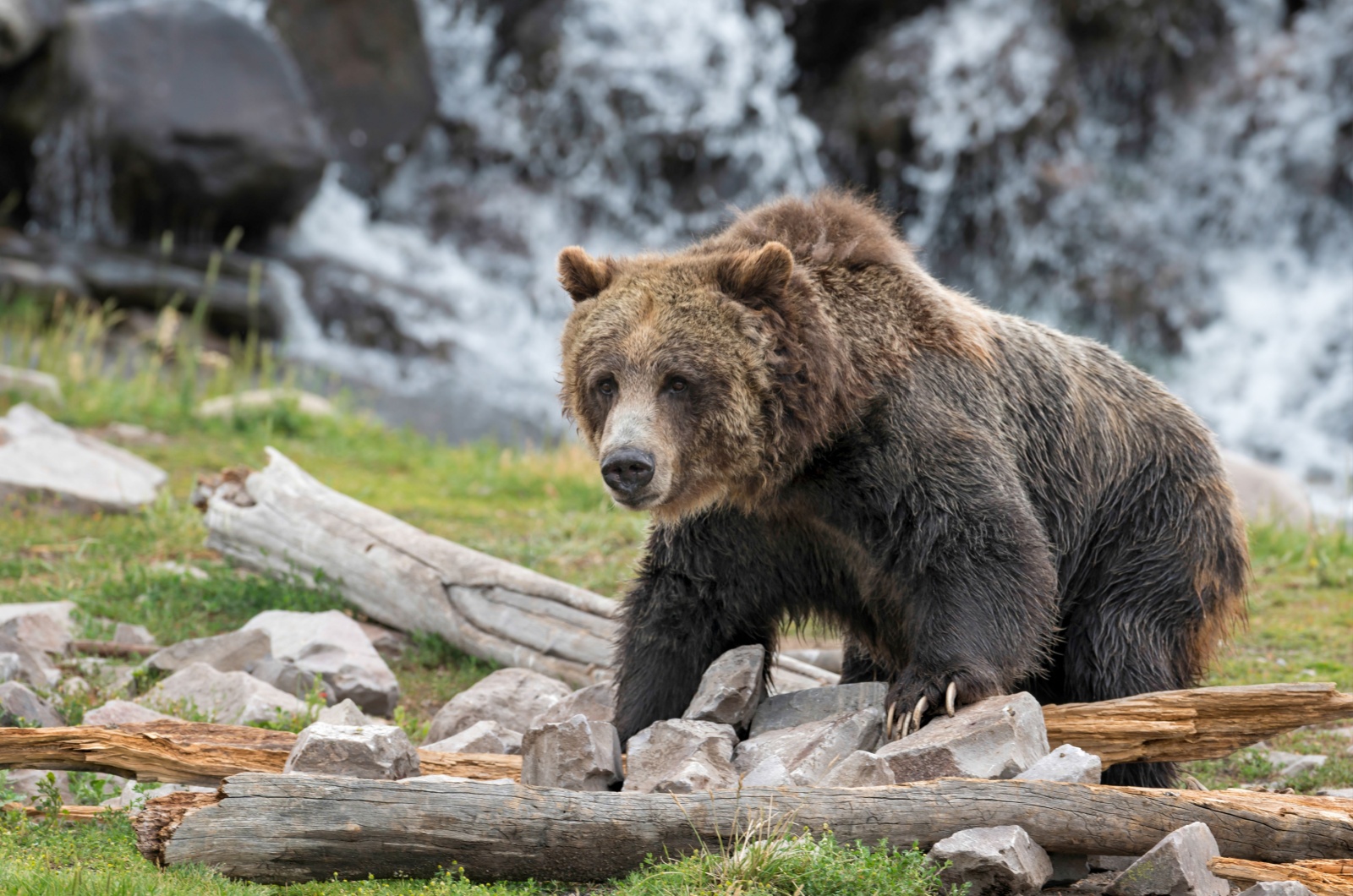
This year, federal employees from The U.S. Fish and Wildlife have reported an unprecedented number of grizzly fatalities.
By mid-September, 63 bears had been confirmed lost, already surpassing last year’s record of 56. For an animal whose survival has long depended on careful protection and management, this surge has alarmed conservationists and park visitors alike.
So why are so many bears facing these challenges?
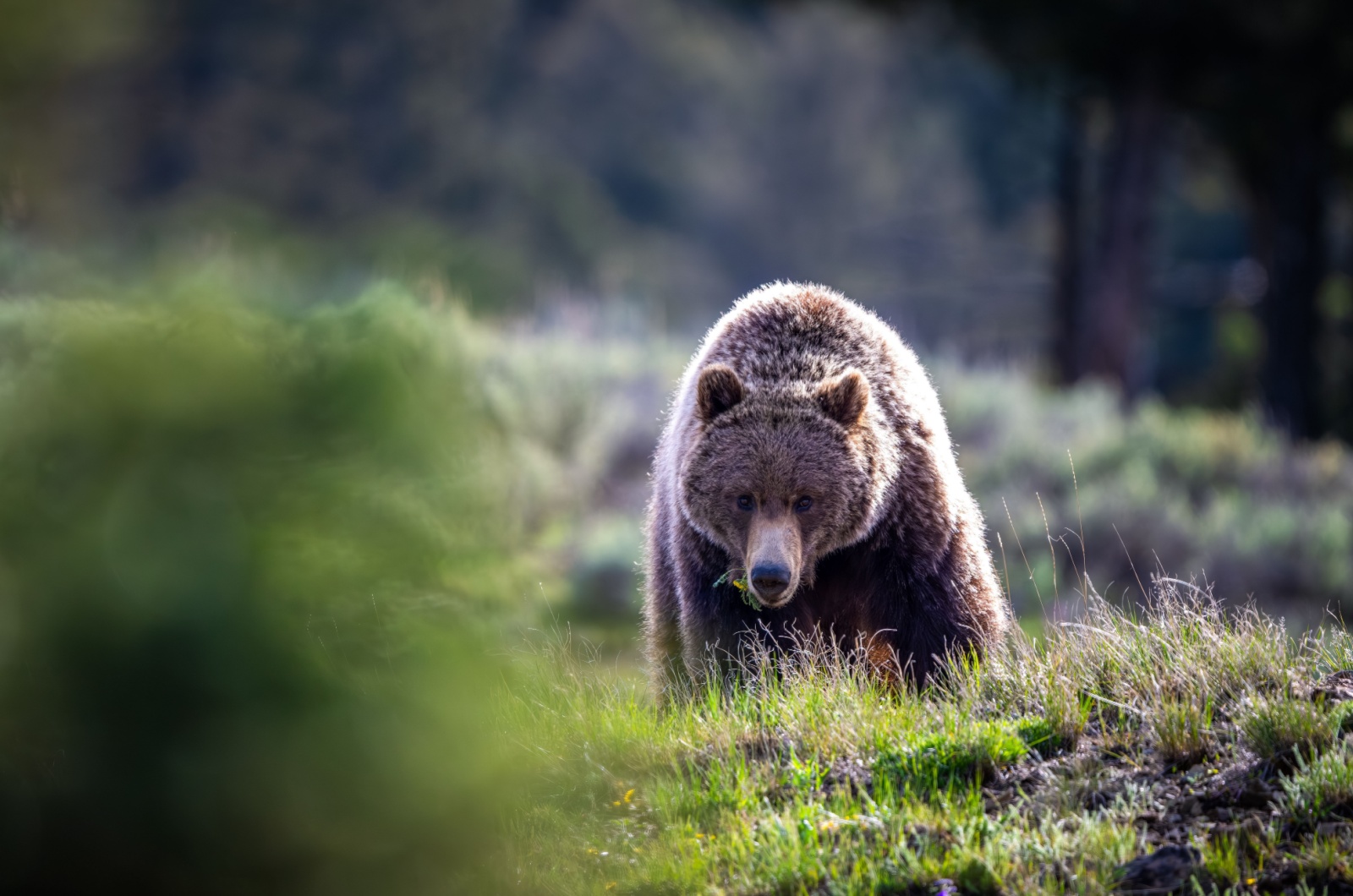
Human activity is a major factor. The start of Wyoming’s rifle elk hunting season has created more frequent encounters between hunters and bears, sometimes with serious consequences.
Add to that bears becoming habituated to human food, and the risks multiply. One 400-pound grizzly was removed after repeatedly overturning dumpsters and seeking food near visitor areas, posing a direct threat to public safety.
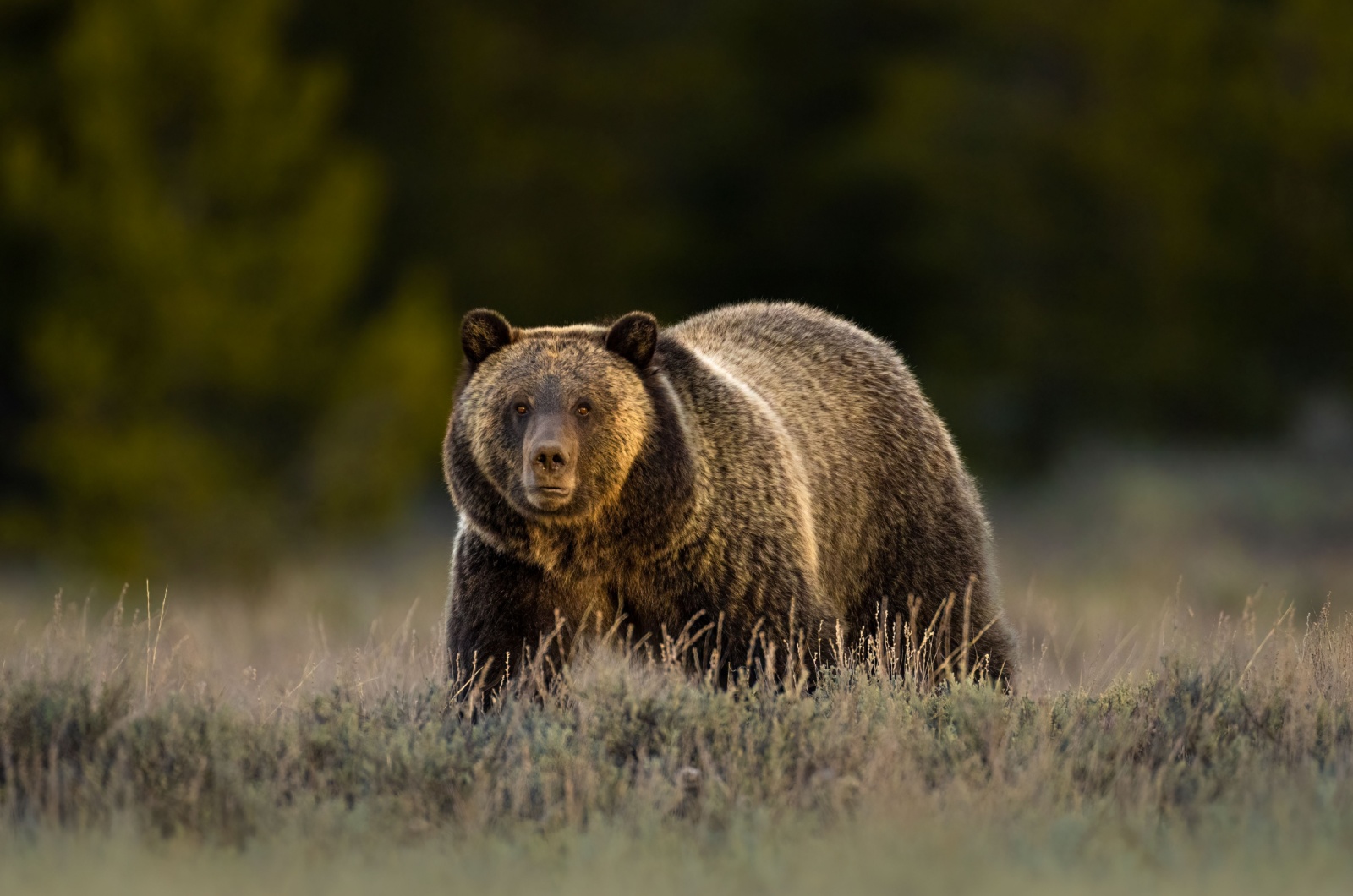
Even iconic bears are not immune. Grizzly No. 399, a legendary 28-year-old female renowned for her reproductive longevity and a favorite among Yellowstone visitors, was struck by a vehicle last October.
Her loss serves as a sobering reminder of how even well-known and studied bears are vulnerable to the pressures of human interaction.
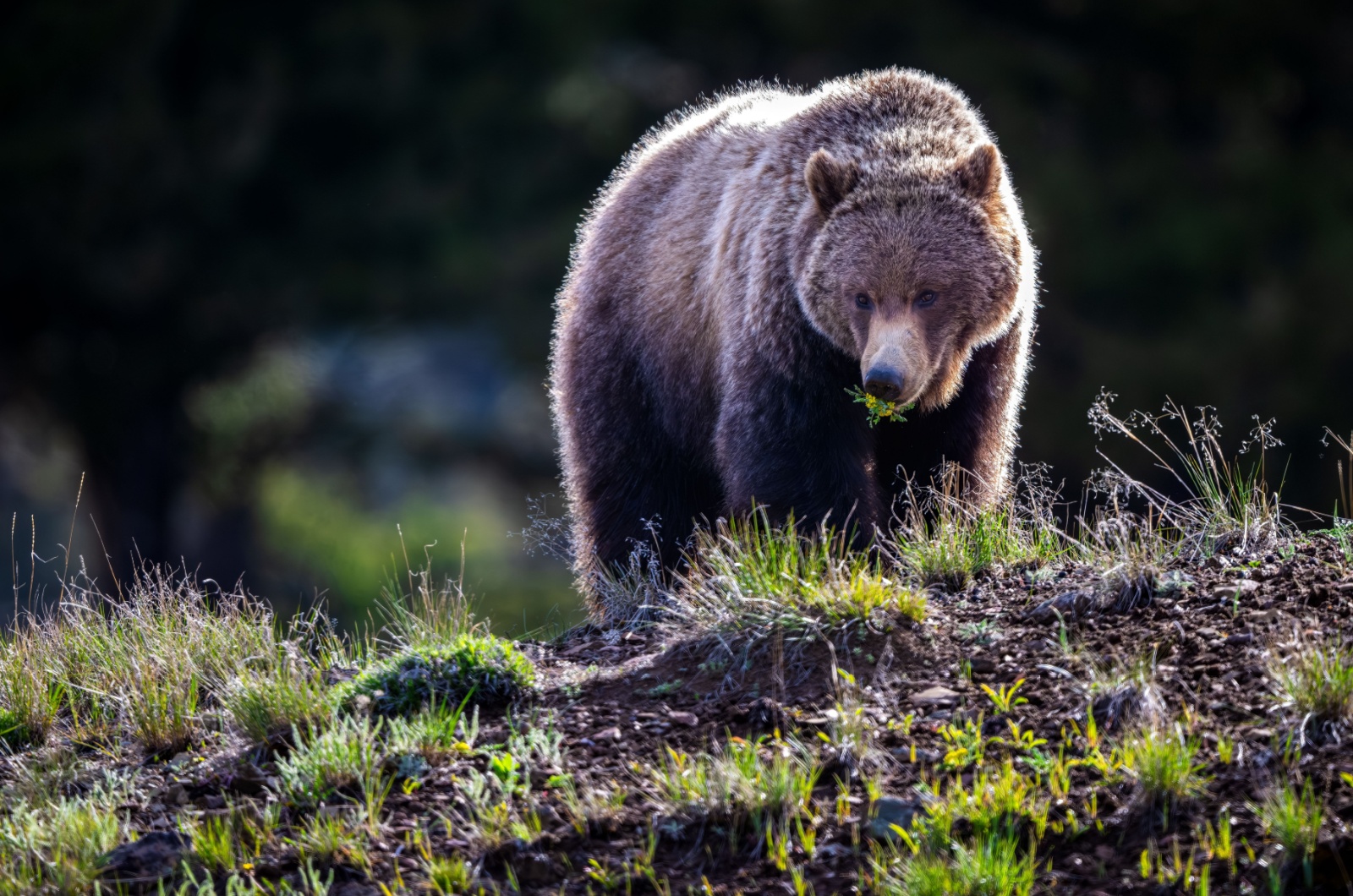
Environmental factors are also at play. According to U.S. Drought Monitor, drought conditions across the Yellowstone region are intensifying food scarcity, forcing bears to venture closer to human settlements in search of nourishment.
This increases the likelihood of dangerous encounters, whether with cars, hunters, or unsecured human food sources. In short, the ecosystem itself is under stress, and the bears are feeling the effects.
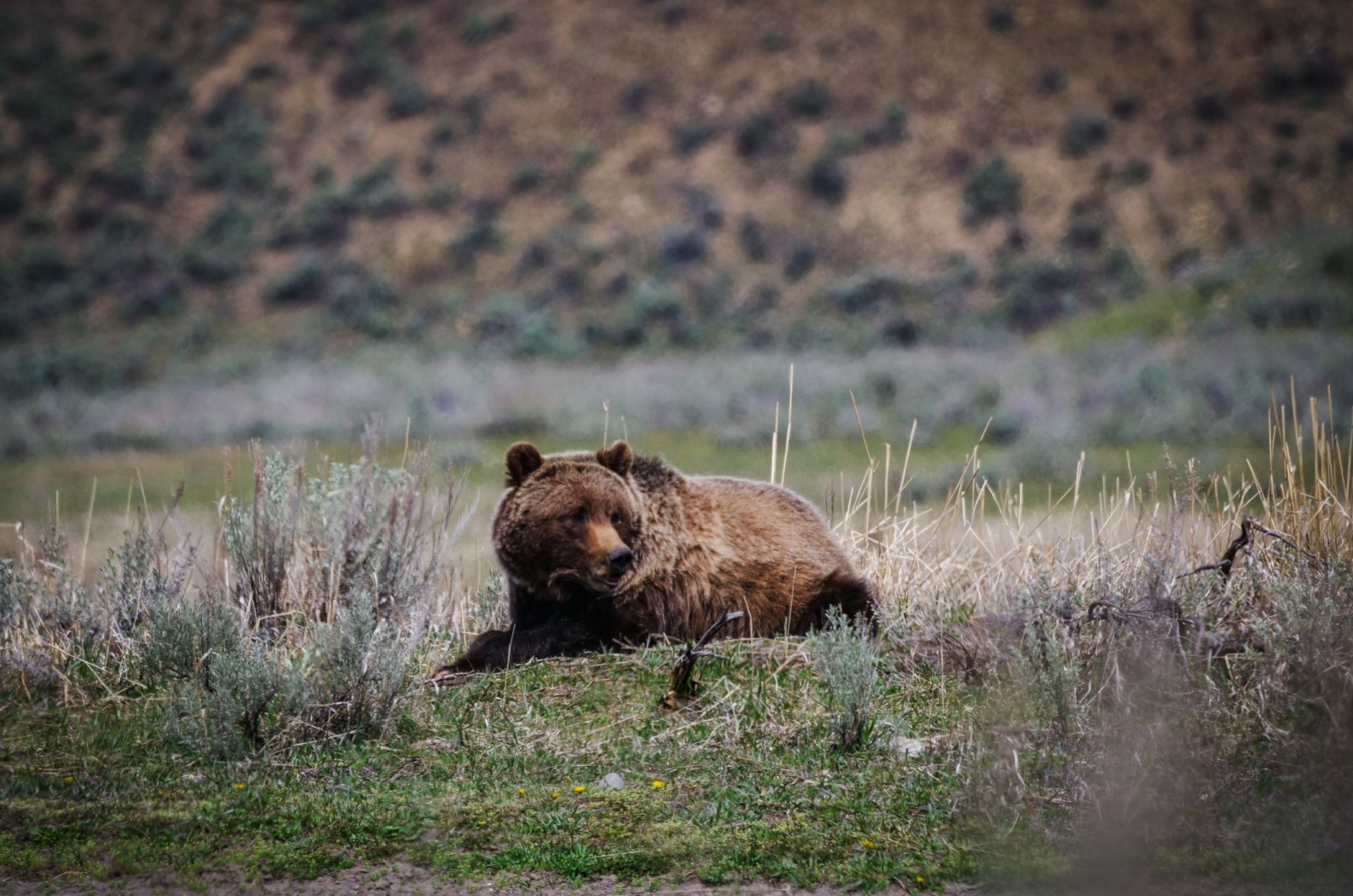
The implications for conservation are profound. Grizzly populations had grown from fewer than 250 bears in the 1970s to roughly 2,000 today, a remarkable comeback. But the current rates of loss threaten to halt, or even reverse, that progress.
Scientists are sounding the alarm: without immediate measures, the delicate balance that allowed grizzlies to thrive could be compromised.
Conservationists are calling for more than just monitoring. Public education campaigns on bear safety, stricter enforcement of wildlife protection laws, and enhanced bear-resistant infrastructure are critical.
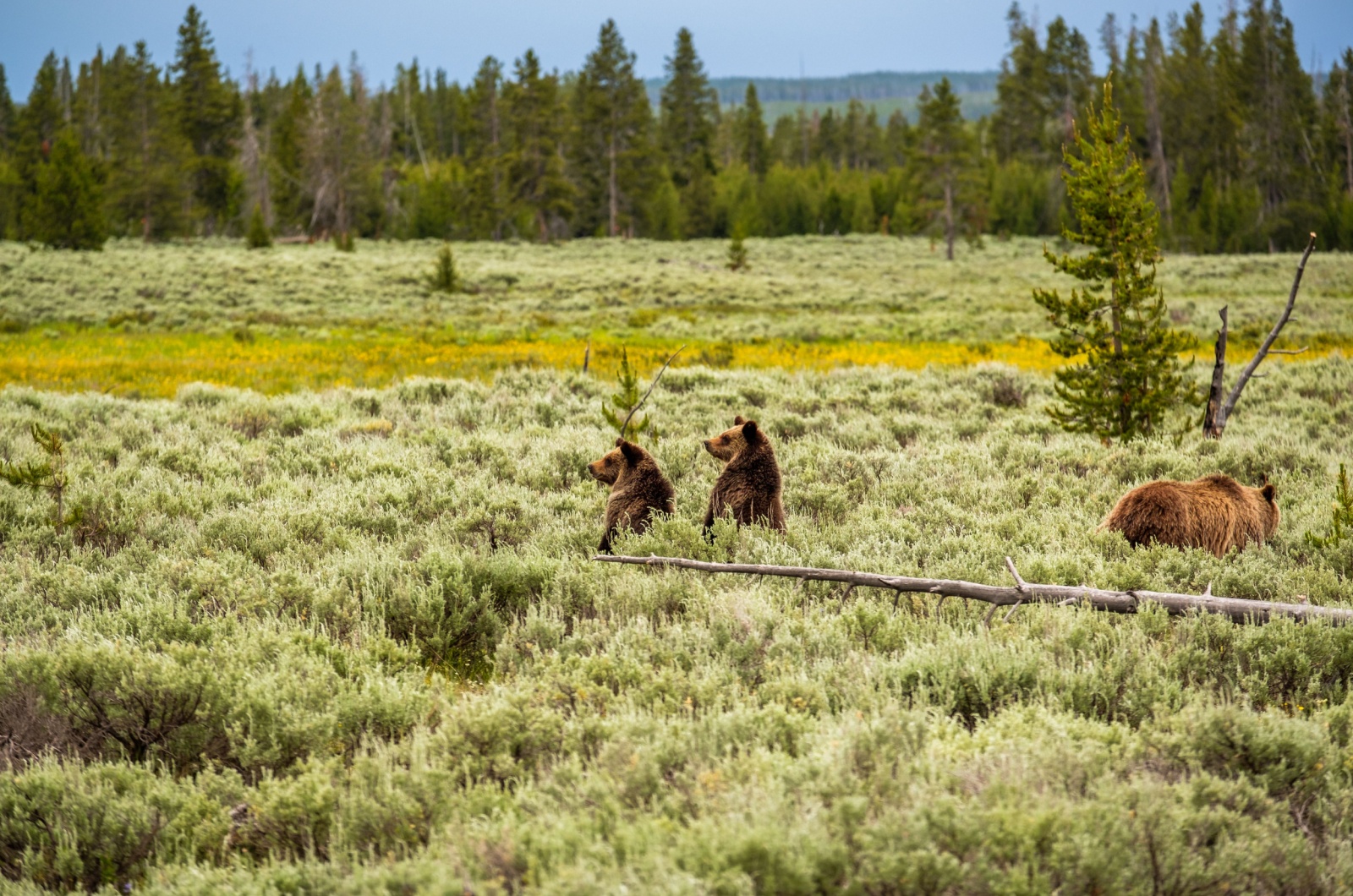
In addition, increased funding for research and habitat protection could make the difference between survival and decline for these iconic animals.
For the visitors who hike, camp, and fish in Yellowstone, the disappearance of these bears is more than just statistics – it is a reminder of the fragile connection between humans and the wild.
Each bear lost represents not only a life interrupted but also a challenge to the ongoing efforts to preserve one of North America’s most iconic species.
As the Yellowstone community grapples with these losses, one thing is clear: the grizzly bear’s future depends on awareness, action, and a renewed commitment to coexistence.
The 2025 surge in fatalities is a wake-up call, urging all of us to recognize that the safety and survival of wildlife are intimately tied to our choices in the wild—and beyond.

